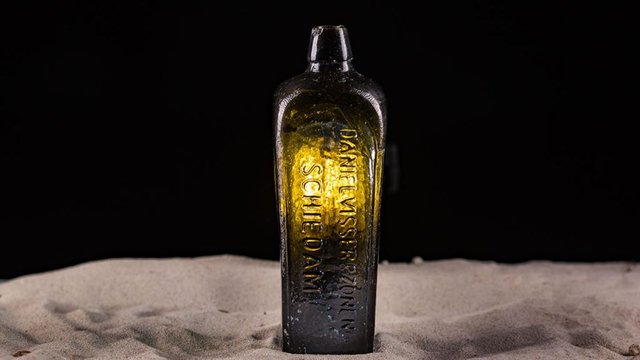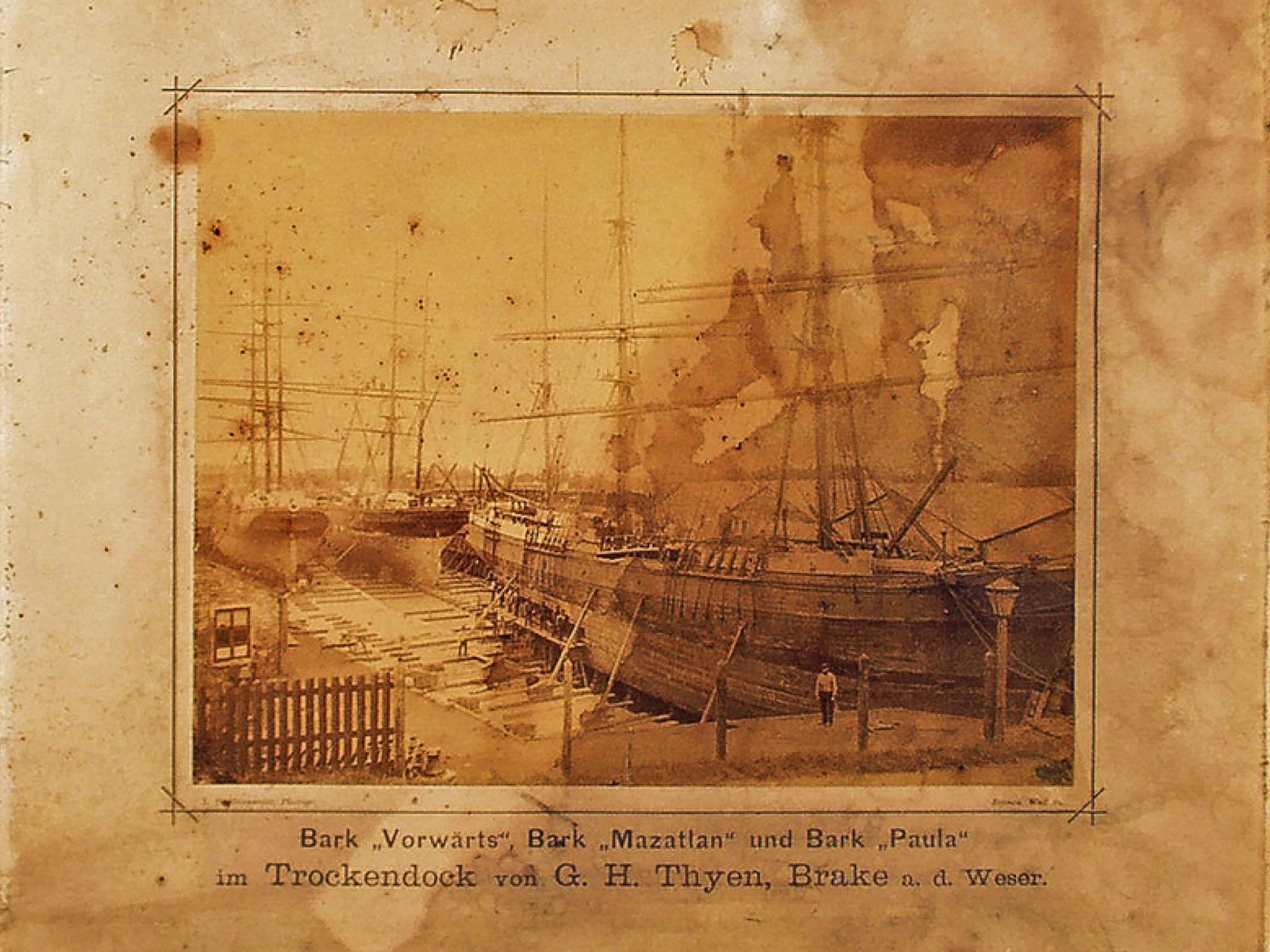Worlds oldest bottle found to have contained as well the oldest message on the coast of western Austrialia

More than 131 years once being thrown overboard, the world's oldest message in a very bottle has washed abreast of a beach in Western Australia.
The bottle was found by Tonya Illman and charm Ricciardo within the dunes close to Wedge Island in Gregorian calendar month.
Weeks of analysis and correspondence crafted a Sherlock-style internet of clues that derived the historic note back to nineteenth century Deutschland.
The survival of the document has been publicized as a miracle, because the bottle was found impacted within the sand and without a lid. Even in serious rain and robust winds on the island, some 112 miles north of Perth.
Mrs Illman with her husband Kym placed the note in an kitchen appliance to dry it out before unravelling it to reveal a group of coordinates and a date of twelve June 1886.

Mr Illman's German wasn't quite adequate to deduce way more of the text, apart from the letters "aula" in a very naming field, that he guessed would possibly mean the ship was referred to as Paula.
From there the important fact-finding work began, 3 days later the couple received confirmation from a custodian of maritime archaeology at the Western Australian repository that a ship named Paula was listed in an 1883 Lloyds Register, with a port of Marseille.
It was a 320-ton German sailing ship, later found to air a voyage from capital to what's currently referred to as Indonesia.
But the French port listed within the register seemed to contradict the port written on the note, that started with "E".
It was considered that the vessel might have been sold to a new homeowner sometime after 1883 and relocated to another home, and which the theory was given benefit by German maritime scholar Christine Porr.
She suggested the Illmans that one among her contacts had found mentions of Paula, in conjunction with a captain "O Diekmann", in a 1887 journal of German Marine Meteorology.
Another reference to Paula was found in a 1886 Registrar Veritas, that listed "Haverkamp" as captain, and established the house port as Elsfleth in European country.
Further proof was provided by the German Maritime and oceanography Agency, who confirmed the expression and printing were a dead ringer for messages controlled in their archives for the year 1886.

With the Australian repository having determined that the note was "consistent with cheaply created nineteenth century paper", the German agency was absolutely sure it was real.
As luck would have it, the note clothed to have originated from the agency itself, that back in 1886 was referred to as Deutsche Seewarte.
The bottle - thought to own originally contained gin - was thrown overboard aboard with several others during a decades-long analysis programme to supply drift maps.
According to agency archives, the last one was found and picked up in Denmark in January 1934 - and it absolutely was a match for the format of the one found on the Australian coast.
"This has been the foremost outstanding event of my life," same Mrs Illman.
"To suppose that this bottle has not been touched for nearly 132 years and is in excellent condition, despite the weather, beggars belief."

Her husband added: "It definitely consumed Me for the primary week."
"It was like unraveling an enormous puzzle - and currently that it has been confirmed as legitimate, i can not wait to share our excitement with others."
Once confirmed by Guinness World Records, it'll beat the present record for the world's oldest message in bottle by twenty three years